Release time :2022-11-04
Source:support@yingchitech.com
Scan:1399
Recently, we have received a lot of parents in the background to consult Lansen's "new technology", and it turns out that some people still don’t understand this technology.
Today we're going to talk to moms and dads about the targeted transcranial magnetic therapy device (the big machine in the picture below).
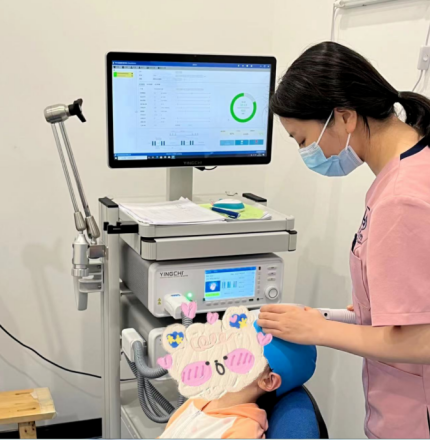
The targeted transcranial magnetic therapy instrument is in use in Langsen Child Development Center
Transcranial magnetic stimulation (TMS) is a new neuroregulatory technique, which has been effective in a variety of neuropsychiatric diseases. After treatment, the entropy distribution of EEG samples tends to the level of healthy developing children, which reflects the obvious improvement of brain flexibility and information processing ability of children.
Name: Xiaomin (pseudonym)
Gender: male
Age: 5 years and 8 months
Diagnosis: Autism spectrum disorder
Symptoms: stereotyped behavior, love to hit the head with hands; Language lag, social dysfunction, no active language communication.
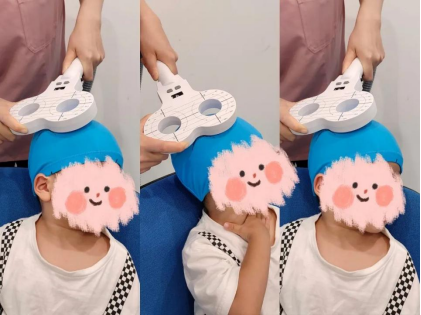
Participated in the data collection in the early stage of treatment, and started targeted transcranial magnetic therapy in Lansen Child Growth And Development Center on May 31. Up to now, 20 treatments have been carried out in total (20 times in total, 5 times a week, for four weeks).
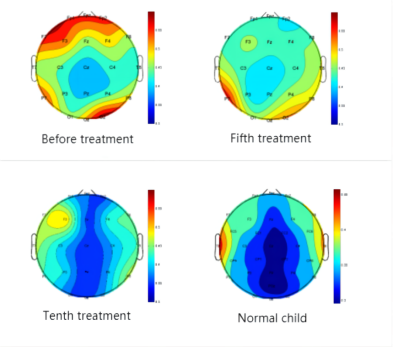
Graph. Sample entropy topological diagram
Note: Sample entropy represents the complexity of brain information, red represents a high entropy value, blue represents a relatively low entropy value. Before treatment, the brain was too active, and after transcranial magnetic therapy, the entropy value was similar to that of normal children.
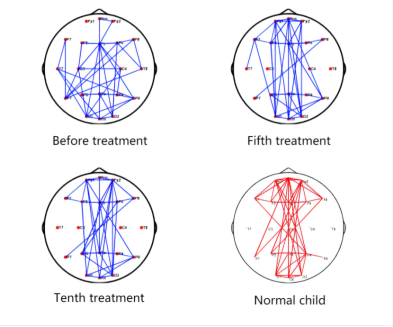
Graph. Topology of brain network
Note: The PLV network represents the information exchange between various brain regions. The connection between the two nodes indicates that there is information exchange between the brain regions corresponding to the two nodes. Before the treatment, there were many disconnections in the brain regions, and the improvement was obvious after the treatment, and the brain information processing ability was improved.
Name: Keke (pseudonym)
Gender: male
Age: 6 years and 10 months
Diagnosis: Autism spectrum disorder
Symptoms: stereotypical behavior, yelling, likes to bang head against the wall, poor language, social problems.
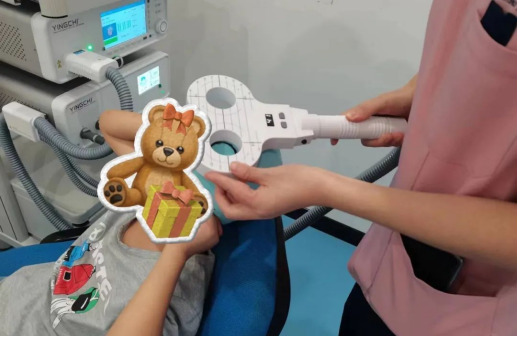
Participated in the data collection in the early stage of treatment, and started targeted transcranial magnetic therapy in Lansen Child Growth And Development Center on August 23. Up to now, 16 treatments have been carried out in total (20 times in total, 5 times a week, for four weeks).
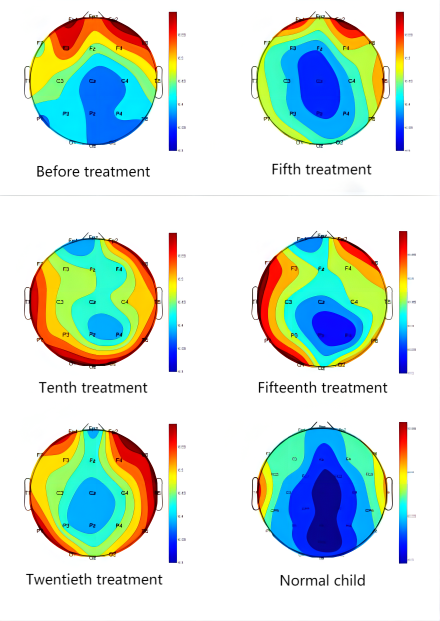
Graph. Sample entropy topological diagram
Analysis: Sample entropy represents the complexity of brain information, with red representing higher entropy and blue representing lower entropy. After 20 treatments, the brain flexibility was significantly improved, which was more similar to the brain entropy of ordinary children.
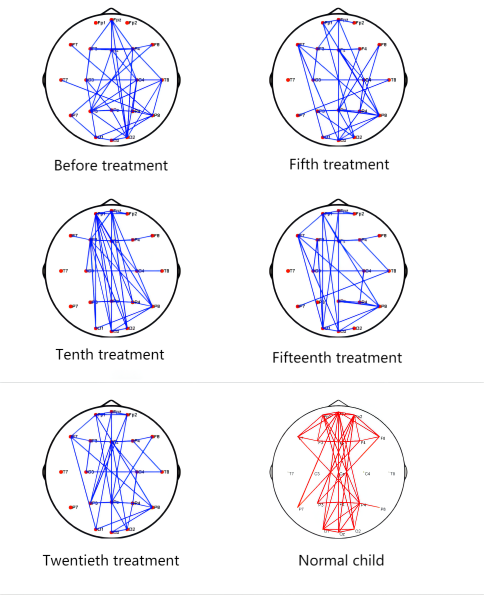
Graph. Topology of brain network
PLV network represents the information communication between various brain regions. Two nodes are represented by the connection before, and there is information communication between the brain regions corresponding to the two nodes. After 20 treatments, there was a significant increase in the number of long connections and a decrease in the number of short connections, indicating that the brain was better able to process information.

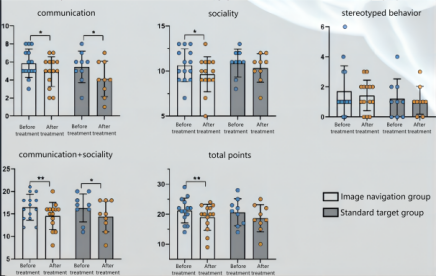
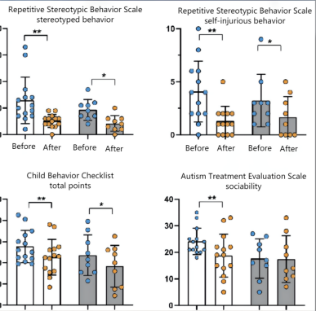
Improved social interaction and language function

Increased connectivity in the amygdala

Improved active eye connect

Increased brain flexibility